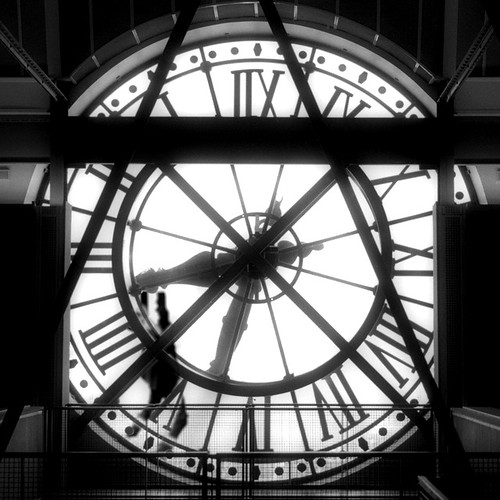Tiden

Innan jul hade New York Review of Books två artiklar av Tony Judt om den genomgripande, och livsförändrande, teknologi som järnvägen innebar. Till exempel hur tiden formar våra liv:
It is hard today to convey the significance and implications of the timetable, which first appeared in the early 1840s: for the organization of the railways themselves, of course, but also for the daily lives of everyone else. The pre-modern world was space-bound; its modern successor, time-bound. The transition took place in the middle decades of the nineteenth century and with remarkable speed, accompanied by the ubiquitous station clock: on prominent, specially constructed towers at all major stations, inside every station booking hall, on platforms, and (in the pocket form) in the possession of railway employees. Everything that came after--the establishment of nationally and internationally agreed time zones; factory time clocks; the ubiquity of the wristwatch; time schedules for buses, ferries, and planes, for radio and television programs; school timetables; and much else--merely followed suit.
Men tid är personligt, något som Matt Danzico utforskar i sitt årslånga Time Hack-projekt (via: Bobulate) - närmare bestämt hur nya upplevelser påverkar hur vi uppfattar tid. Varje dag på året ägnar han åt något han aldrig gjort tidigare - slåss med en boxare, ligger mitt på gatan eller äter färsk chilipeppar - och uppskattar sedan hur lång tid det ska, och hur mycket han minns. Att följa.
kommentar(er)
| www.flickr.com |
Jag heter Erik Stattin och det här är min blogg. Jag skriver om digital kultur, ungefär. Du får gärna tipsa mig om saker. Kontakta mig på erik.stattin@gmail.com. Jag är mymarkup på Twitter och Delicious.